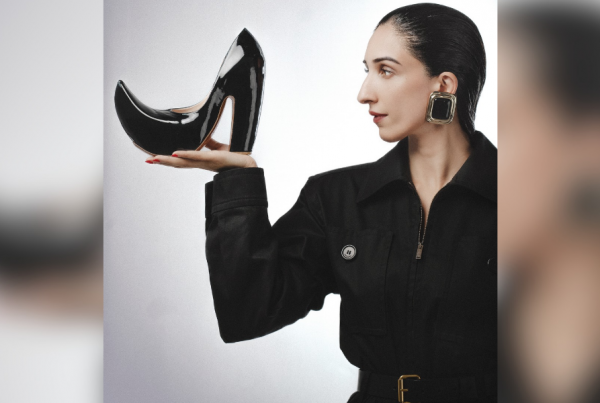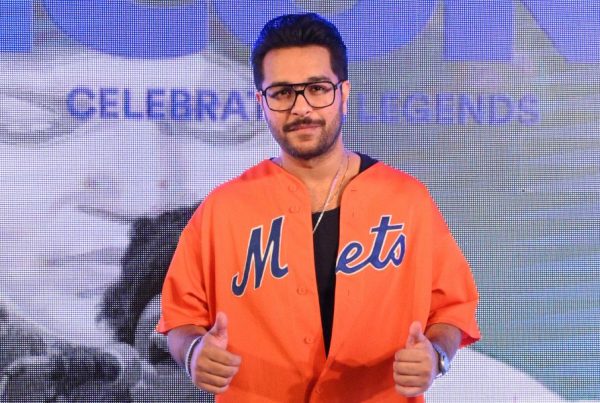A fashion show is all about the collection but that collection needs to be presented properly for it to be seen and appreciated to its full capacity. Two recently held fashion weeks – the Fashion Pakistan Winter/Festive 2017 in Karachi and the PFDC L’Oreal Bridal Week 2017 in Lahore – offered several different runways, which made for a healthy discussion on what worked and what did not.
Fashion weeks hosted by Fashion Pakistan in Karachi have historically always had simple and streamlined catwalks, allowing models to walk in a straight file. One does find this format the most elegant and effective, especially when displaying ready to wear. A low white catwalk allows the clothes to shine at eye level without providing any distraction. This kind of catwalk is quite utilitarian, ideal for a runway that is set to feature casual clothes?
The PFDC Sunsilk Fashion Week 2017 took a chance with setting up two different catwalks this year. One was a straight ramp and the other was an elevated, U shape structure. It was a good idea to have two separate show areas but technical flaws prevented the idea to work fully. The first catwalk was straight, sparkly and grey but since the lighting has not been mastered yet, it did not provide the perfect setting for collections. The other runway was elevated and white, and while one is not a fan of the U shaped runway, it did end up looking superior. Straight and white, one felt, would have been ideal.

The anchor-shaped runway at FPW Winter Festive ’17.
Over to winter shows and the FPW, the oddly anchor-shaped runway was not a winner. The entry point for models was straightforward but then the runway branched out and sitting at one end, one could not see what was going on at the other end. A different show area hosted the Sana Safinaz solo show on the last day of fashion week; it was straight and much more effective. Well suited for a couture show, the Sana Safinaz runway did adapt to the theme of the collection and featured trees along with smoky walkways suggestive of a mystery forest, which was a good idea.
The catwalk in Lahore for PLBW, however, was not so impressive. It was a ground level catwalk but three things let one down. Firstly, the mosaic tiled flooring clashed with the clothes and was not a good idea. Second, the U shaped runway had people in the centre and those people obstructed each picture. It was almost impossible to find a group finale that had full impact. Third, with ground level catwalks, one has to perfect the lighting so that the spotlight is on the models and the audience is dimmed out. Such was not the case.

The runway at PLBW ’17.
Finally, one also feels that catwalks for couture shows need to be customized, even if that means having two shows a day. One runway for all does not do a couture collection any justice, which is one reason why designers are now branching out to having their own solo shows. To have creative control over the catwalk, the backdrop and the look (hair and makeup) is integral to a collection that has cost the designer hundreds of thousands to create. The platform exhibiting that collection must be just as grand.
We may never have the kind of budgets that go into a Chanel show, for instance, but minor changes will ensure a unique show, for sure. One can look across the border towards India for inspiration. Even Indian couture shows have not reached epic proportions but they have managed to customize each stage for each separate designer. One has witnessed a pond in the middle of a Rohit Bal catwalk and a film set for a Karan Johar – Varun Bahl show.
Bottom line: couture shows do merit customized catwalks and a little flamboyance can’t hurt.
- This article was first featured in Instep on 1st November 2017.Â





